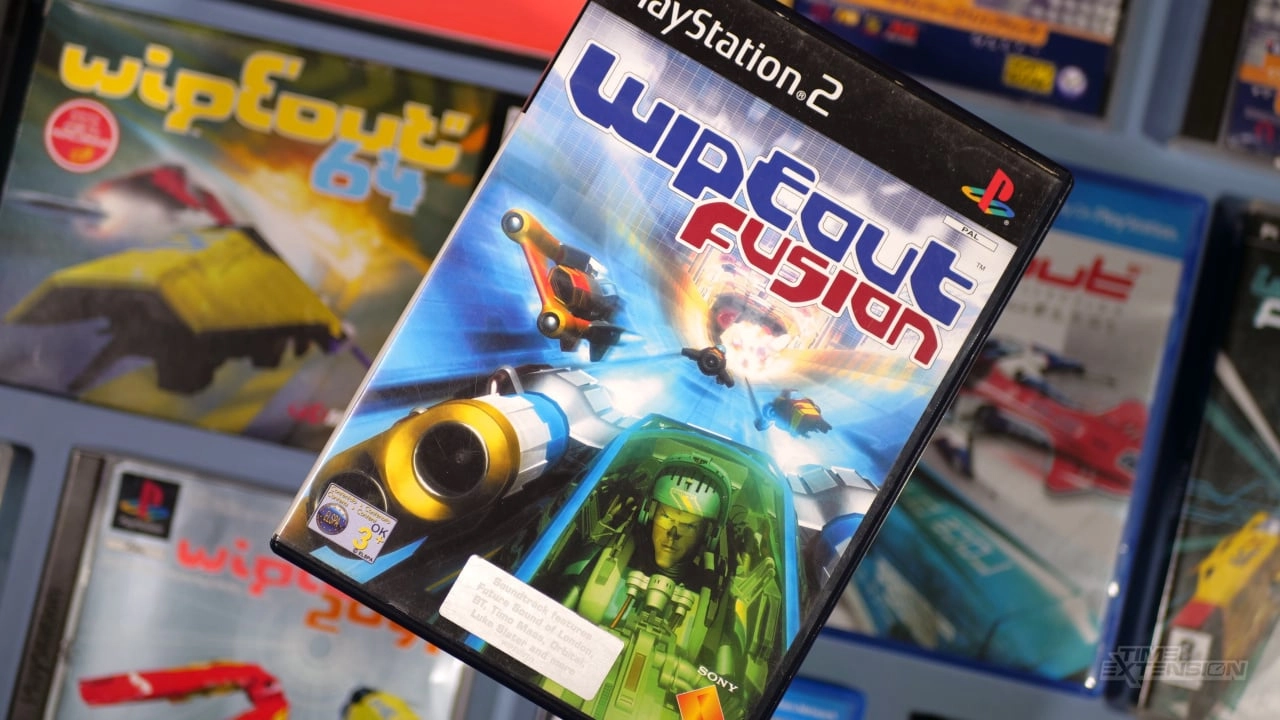
The WipEout video game series, with its fast-paced anti-gravity racing gameplay, has long been associated with a distinctive graphic style credited to The Designers Republic. This Sheffield-based design agency, which was a brainchild of Ian Anderson and Nick Phillips in 1986, left an indelible mark on the gaming world by creating the unique visual identity that would become synonymous with WipEout during the burgeoning 32-bit era. Yet, after contributing to the series' first three installments, the collaboration between The Designers Republic and the WipEout franchise came to an unforeseen end.
The early WipEout games, starting from the original up to WipEout 3, greatly benefited from the agency's innovative design language. It infused the games with a sense of cutting-edge techno-culture that resonated with players and critics alike, helping WipEout stand out in a sea of burgeoning video game franchises. However, the freshness that once characterized the series began to wane. As Anderson has noted, the future they envisioned through the game started to feel like it was inching closer towards becoming a regular fixture rather than an exciting glimpse into the next century.
This fade from novelty to routine was only part of the reason why the paths of The Designers Republic and Wipeout diverged. Another critical factor hinged on a misstep from Sony, which, according to Anderson, involved asking his company to pitch for the contract to work on the fourth WipEout title, WipEout Fusion. The request went against the grain of The Designers Republic's ethos, which preferred to let its work and reputation speak for itself rather than engage in competitive pitching for projects it had already shaped fundamentally.
Sony's proposal was perceived as an underappreciation of The Designers Republic's contributions up to that point. As someone not originally involved in the series' early success requested the esteemed agency to pitch ideas for the next iteration, the relationship soured. Anderson's response was terse and clear: "No thank you. Mission complete. Game over." This decision marked the end of an era for Wipeout, as The Designers Republic withdrew from the franchise, leaving behind a legacy that the subsequent titles would strive to match.
The fourth installment, WipEout Fusion, eventually released on the PS2 in 2002 to mixed reviews. Although the series ultimately returned to its roots visually, it proceeded without the creative direction of the designers who had been so pivotal in defining its iconic look. Despite this, The Designers Republic's influence did not vanish from the racing game scene altogether. They re-emerged by involving themselves in the development of Formula Fusion, a game that took inspiration from WipEout and aimed to capture the spirit of the original titles. This game would later be released under the new name Pacer.
The split between The Designers Republic and WipEout exemplifies the complexities of the video game industry, where creative visions and corporate expectations can collide. It also underscores the value of design in gaming, illustrating how a distinct visual style can elevate a game to iconic status. Looking back, WipEout and The Designers Republic's partnership set a standard for future game design, proving that the aesthetics of a game could significantly influence its identity and legacy.
While The Designers Republic has moved on from the WipEout franchise, the work they did remains a testament to their skills and understanding of visual culture. Their story is a reminder that while the world of gaming is ever-evolving, certain collaborations and creative influences can define a genre or series in an unrepeatable way. With the unyielding progression of technology and gaming trends, the impact of The Designers Republic on WipEout ensures that it will forever be remembered as a touchstone for futuristic racing game design.
You must be logged in to post a comment!